As historic art and antique fairs struggle to adapt to the market realities of the 21st century, BIAF – the Biennale Internazionale dell’Antiquariato di Firenze (21–29 September) – seems to have found a solution. Instead of producing an anodyne version of the standard encyclopaedic fair, offering a little of everything from everywhere, it has moved forward by returning to its roots.
This rebranding has positioned the fair as a marketplace for predominantly Italian works of art of the highest quality, raising its game by bringing in the world’s leading dealers in the field. While the dateline has already been extended to 1989 in a bid to incorporate (a little) more contemporary art, it is, crucially, the presentation of the exhibits – a clean, modern installation by the Venetian interior and event designer Matteo Corvino, introduced two years ago – that signals this fair as fresh, relevant and contemporary. There is no crisis of confidence here.
‘Our aim is to present the Old Master world as elegant, sophisticated and trustable,’ says Fabrizio Moretti, the fair’s outward-looking secretary general. Certainly, there is no grander or more elegant fair venue than the stately 17th-century Palazzo Corsini, presiding over the Arno. And the fair’s vetting committee is now as international as its exhibitors.
What is new for this 60th year – apart from the 16 (of 77) galleries that are making their fair debut – is the creation of a Florence Art Week. ‘We wanted to do something to involve the city of Florence and its visitors,’ Moretti explains. Including some of the city’s museums as well as its antique shops and commercial art galleries, the event also embraces artisanal workshops and talks in the big-brand boutiques of Via Tornabuoni. And on Sunday 29 September, from 1pm, the fair will be free to residents.
One of these collateral shows sees Antichità Bacarelli, in collaboration with new fair exhibitor Galleria Continua of San Gimignano, staging a gallery exhibition combining Renaissance and neoclassical works of art with post-war and contemporary pieces by Michelangelo Pistoletto, Anish Kapoor and Daniel Buren. Around 90 highlights from the Roberto Casamonti Collection, ranging from the 1960s to the new millennium, are on display at the dealer-collector’s 16th-century Palazzo Bartolini Salimbeni. This is not the only historic palazzo to throw open its doors. The exhibition ‘La Firenze di Giovanni e Telemaco Signorini’ will allow rare access to the piano nobile of the 15th-century Palazzo Antinori.
In addition to opening its arms to the city, it seems that BIAF is aiming to remind Americans of their long love affair with Italy in general and Florence in particular. An association with The Frick Collection in New York will bring over senior staff and trustees. Moreover, a new €25,000 prize for decorative arts and design within the fair, which will fund the restoration of decorative arts belonging to the national patrimony, is to be judged (as well as sponsored) by businessman and art collector Ronald S. Lauder. International collectors, institutional and private, will be made very welcome here. Given the bureaucracy of Italian export laws, it has never been easy to lure them to this biennale. It should be pointed out, however, that many works will arrive at the fair with export licenses at the ready – and not only those brought into the country on temporary import.
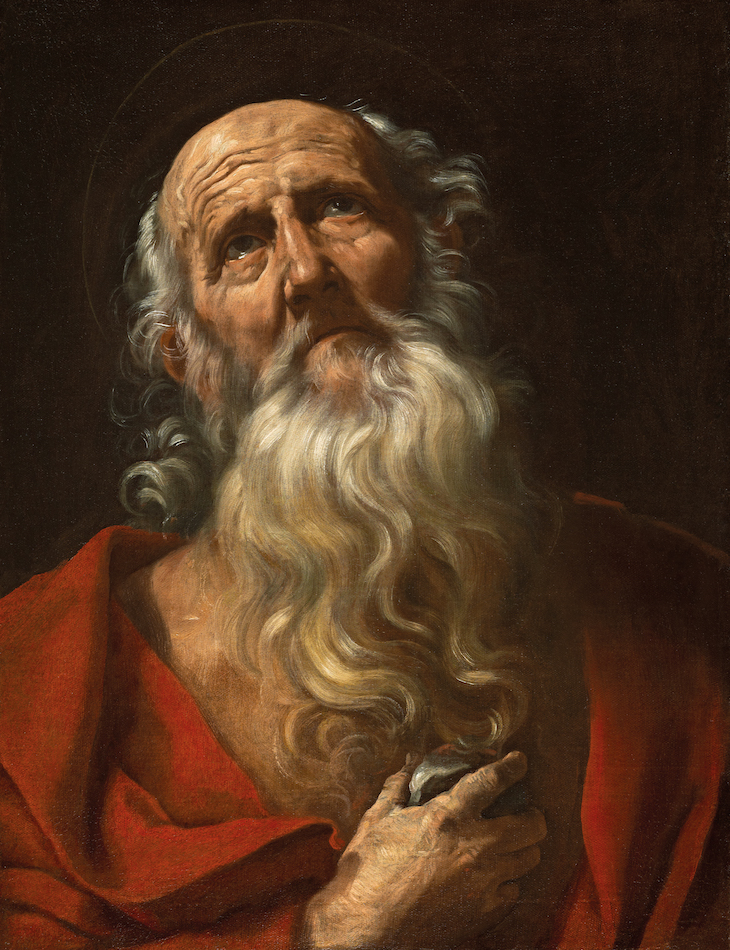
Saint Jerome (1606/10), Guido Reni. Galerie Canesso (price on application)
‘Exhibiting in Florence is an opportunity for us to display Italian Old Master paintings that cannot leave the country, as they are considered national treasures,’ explains Olimpia Valdivieso of Galerie Canesso, a new exhibitor based in Paris and Lugano. She cites the refined but intimate 18th-century Portrait of a Young Gentleman by Vittore Ghislandi (known as Fra’ Galgario), the young man caught as if about to button his waistcoat. ‘But it also offers us the chance to exhibit a masterpiece never shown in Italy: an early Saint Jerome by Guido Reni’ . Since its rediscovery and sale at Christie’s in London, a thick layer of yellowed varnish has been removed to reveal the powerfully expressive figure in all its glory, and an engraving by Jean Couvay after the painting has also been identified.
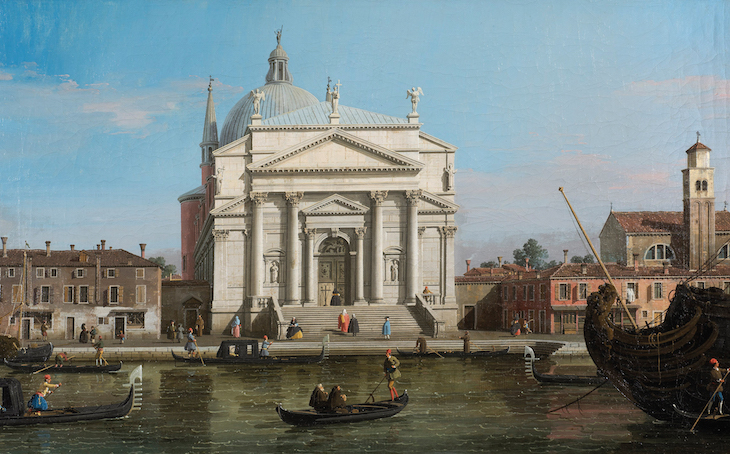
The Redentore, Venice (c. 1746), Canaletto. Dickinson (price on application)
For Emma Ward, managing director of London dealers Dickinson – long accorded one of the prime stands at TEFAF Maastricht – the decision to show in Florence came out of ‘very positive feedback from both exhibitors and visitors. We will be bringing a mixture of Old Masters and more modern works, with a strong Italian focus, and we look forward to introducing new clients to Dickinson.’ That range spans a gem of a small Canaletto depicting the Redentore in Venice (c. 1746), to a red Concetto Spaziale of 1964–65 by Lucio Fontana. Another leading London dealer making a debut is Peter Finer, hoping to repatriate a repeating flintlock rifle of around 1700 by the Florentine gunsmith Michele Lorenzoni, which bears the monogram of Ferdinando de’ Medici, Grand Prince of Tuscany.
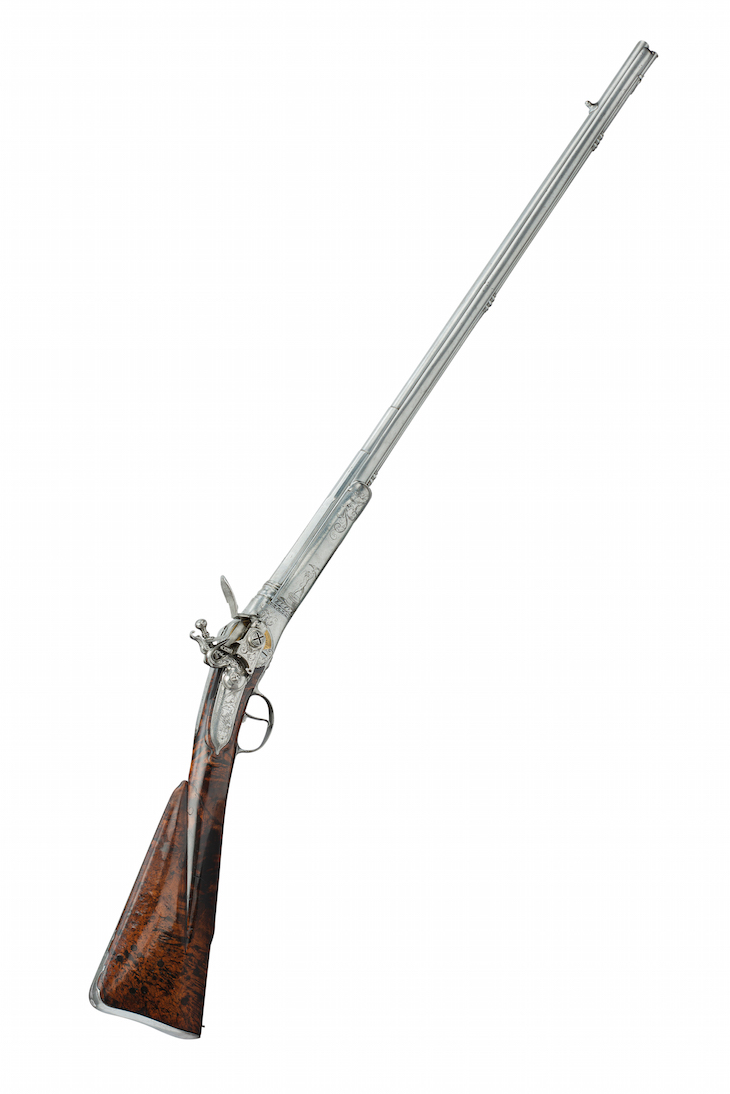
Breech-loading repating flintlock gun (c. 1700), Michele Lorenzoni. Peter Finer (£185,000)
One of the earliest highlights among the fair’s 5,000 or so exhibits is a tempera on panel by the Venetian painter Antonio Vivarini of around 1450, representing St Peter Martyr with saints Agnes, Catherine and Cecilia. The Frick contingent will know another work from this dismantled polyptych, now among the Metropolitan Museum of Art’s Kress Collection holdings. This one, offered by Enrico Frascione, must remain in Italy. On the stand of Matteo Lampertico, meanwhile, is a spirited oil sketch for the great Venetian history painter Tiepolo’s Scipio Africanus Freeing Massiva, held in the Walters Art Museum, Baltimore.
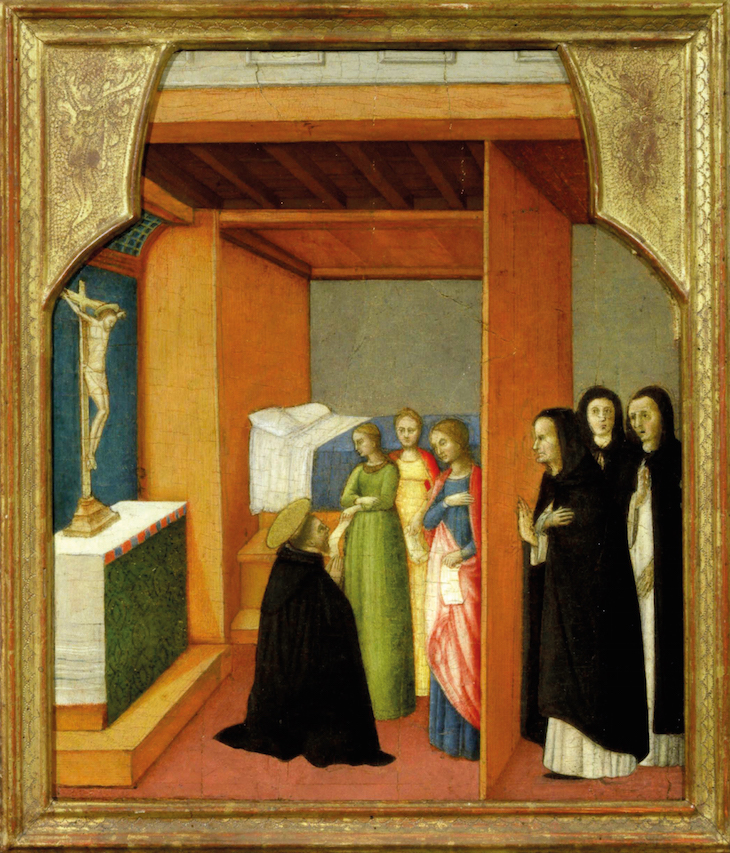
Saint Peter Marty with Saints Agnes, Catherine and Cecilia (c. 1450), Antonio Vivarini. Enrico Frascione (€180,000)
Among the discoveries of the fair will be the subtle Portrait of a Gentleman in a Fur-lined Coat and Black Cap by the 16th-century north Italian master Giovanni Battista Moroni, whose portraits are renowned for their psychological penetration. Galleria Orsi also brings to BIAF a bronze bust of 1658 of Pope Urban VIII Barberini – appropriately enough from the collection of the princely Corsinis – by the great Baroque sculptor and architect Gian Lorenzo Bernini. As ever, the fair promises a strong sculptural offering, including a tondo attributed to Benedetto da Maiano (at Longari Arte) and Lorenzo Bartolini’s cool neoclassical Carrara-marble bust of Elisa Bonaparte who, as Grand Duchess of Tuscany, was the only one of Napoleon’s well-married sisters to possess political power (Lullo Pampoulides).
The 20th century should not disappoint either, with works such as the compelling Self-portrait in Armour (1948) by Giorgio de Chirico, glowering from Tornabuoni Arte’s stand. There is furniture by Gio Ponti (at Robertaebasta) and Michelangelo Pistoletto, although no one is expected to sit on the latter’s splendid 3.5m-high L’alto in basso, il basso in alto (Galleria Continua).
From the September 2019 issue of Apollo. Preview and subscribe here.
BIAF takes place at Palazzo Corsini, Florence, from 21–29 September.
Unlimited access from just $16 every 3 months
Subscribe to get unlimited and exclusive access to the top art stories, interviews and exhibition reviews.

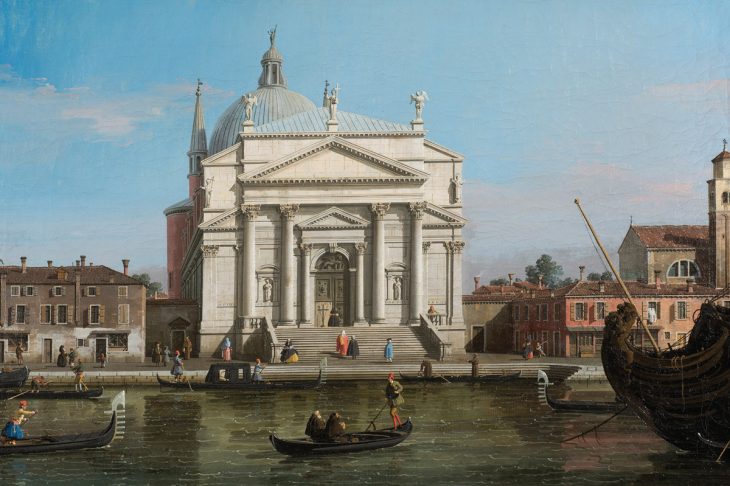
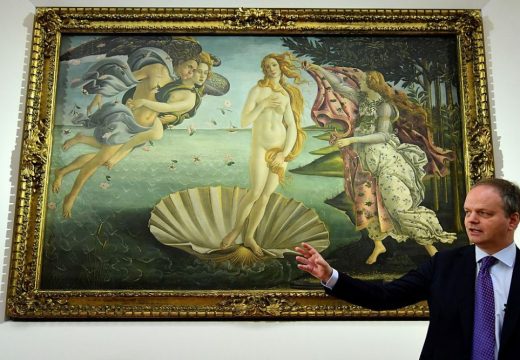
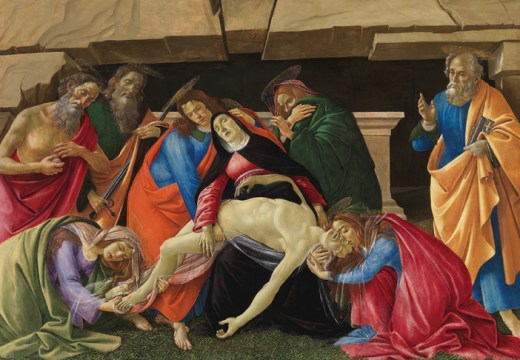
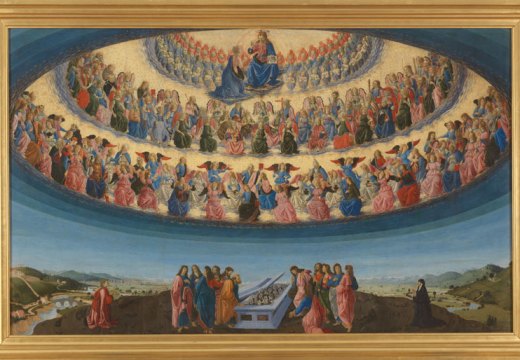









![Masterpiece [Re]discovery 2022. Photo: Ben Fisher Photography, courtesy of Masterpiece London](http://www.apollo-magazine.com/wp-content/uploads/2022/07/MPL2022_4263.jpg)
It’s time for the government of London to return to its rightful home